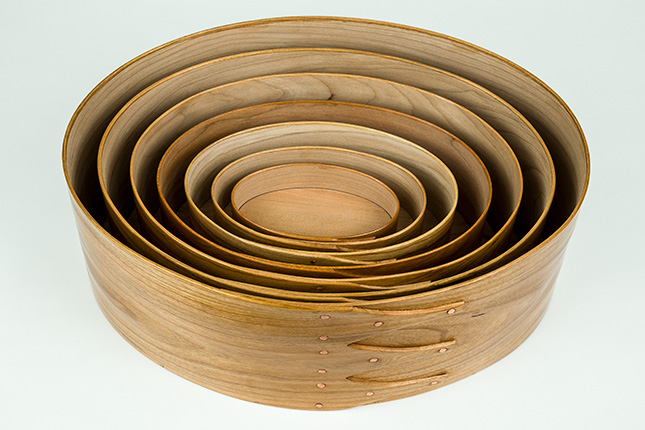Playing the Long Game

There are so many great species of wood on our planet, each with their own special characteristics. However, if I could choose only one, it would undoubtedly be Black Cherry with no hesitation.
With it's tight, straight grain, closed cell structure, reddish-brown color, and superior workability, Black Cherry has been prized by woodworkers for generations. Exposed to light, the wood naturally darkens over time to a medium reddish brown which is quite dramatic. The Queen Anne style of furniture features Black Cherry almost exclusively. When worked, it gives off a distinctive sweet smell filling the workshop making with a pleasant aroma. As an added bonus, it bends quite nicely.

Black Cherry is also the wood most requested by my customers, making up more than half of my orders.
With a resource this valuable to me and other woodworkers, I've adopted my own, personal "Johnny Appleseed" mission. I'm fortunate enough that Black Cherry naturally grows not only in my geographical area, but also on my property. Each year I am treated to the tree's flowering in the spring followed by the production of their small fruit you see in the image above. By late summer, the berries turn purple - a favorite of birds and small forest animals - signalling the start of the my seasonal battle to gather enough fruit before it's consumed.
After cleaning and stratifying the seeds, they're ready for germination and the 75-100 year journey until they are ready to harvest. In the meantime, they provide beauty, shade, clean air, and a welcomed, annual treat to the birds and animals visiting my property. While my efforts certainly won't be seeing any Shaker boxes, I know some woodworker in the future will enjoy the fruits of my labor.
Now go outside, plant your own seeds and watch them make fruit - you know you can do it.
